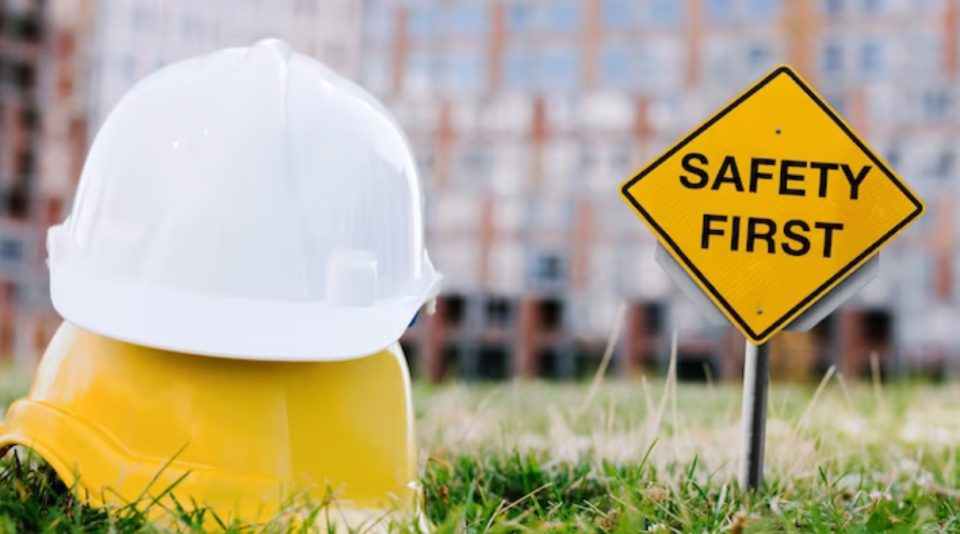Construction sites are dynamic environments that involve numerous risks and hazards. Ensuring the safety of workers and preventing accidents should be a top priority for construction companies and industry professionals. This well-researched and unique article will explore the vital importance of construction safety awareness. We will discuss the significance of fostering a safety culture, the key elements of effective safety programs, and the role of technology in promoting safety. By prioritizing safety; we can build a safer future for everyone involved in the construction industry.
Fostering a Safety Culture:
Creating a safety culture is the foundation for promoting construction safety awareness. It involves establishing a mindset where safety is ingrained in every work environment. Safety should be seen as a shared responsibility among all workers, from top-level management to on-site personnel. By fostering a safety culture, construction companies can create an atmosphere where everyone feels empowered to identify hazards, report near-misses, and actively participate in safety initiatives.
Key Elements of Effective Safety Programs:
Implementing comprehensive safety programs is crucial for mitigating risks and ensuring a safe working environment. Here are some key elements that should be part of any effective safety program:
a) Training and Education: Provide regular safety training and educational programs to all employees. Ensure they have the knowledge and skills to identify and mitigate potential hazards.
b) Risk Assessment and Hazard Identification: Conduct thorough risk assessments and identify potential hazards for each construction site. Regularly review and update these assessments as the project progresses.
c) Clear Communication: Establish clear lines of communication regarding safety protocols, procedures, and emergency response plans. Encourage an open dialogue between workers and management to address safety concerns promptly.
d) Personal Protective Equipment (PPE): Ensure that appropriate PPE is provided to all workers and that they are trained on its proper usage. Regularly inspect and maintain PPE to guarantee its effectiveness.
e) Regular Inspections and Audits: Conduct regular inspections and audits to identify safety gaps and non-compliance issues. Implement corrective measures promptly to address any deficiencies.
Embracing Technology for Safety:
Technology plays a significant role in enhancing construction safety awareness. Here are some technological advancement that can be utilized to improve safety on construction sites:
a) Wearable Technology: Utilize wearable devices such as smart helmets, safety vests, and sensors to monitor workers’ vitals, detect falls, and track their location in real time. These technologies can provide early warnings and enable swift response in emergencies.
b) Building Information Modeling (BIM): BIM technology allows for 3D visualization and virtual walkthroughs of construction projects, enabling better planning and identification of potential safety risks before construction begins.
c) Safety Management Software: Employ safety management software to streamline safety-related processes, including incident reporting, inspections, and training documentation. These systems enable efficient data collection, analysis, and reporting, allowing for better decision-making and proactive risk management.
Collaboration and Industry Partnerships:
The construction industry is a collective effort, and stakeholder collaboration is crucial for safety. Construction companies, contractors, workers, and industry organizations should work together to share best practices, knowledge, and resources. Participating in industry associations and initiatives can foster collaboration and drive continuous improvement in construction safety standards.
Conclusion:
Safety awareness is paramount for creating a safe working environment on construction sites. Construction companies can significantly reduce accidents, injuries, and fatalities by fostering a safety culture, implementing comprehensive safety programs, and leveraging technology. Embracing new advancements and collaborating with industry partners further strengthens safety efforts. As the construction industry continues to evolve, prioritizing safety will build a safer future for workers and establish a positive reputation for companies. By investing in security, we invest in the well-being of those who shape our built environment. The Safeline Group of Companies is dedicated to promoting safety in the construction industry, and through collective efforts, we can continue to improve safety standards and empower construction workers across the board.
